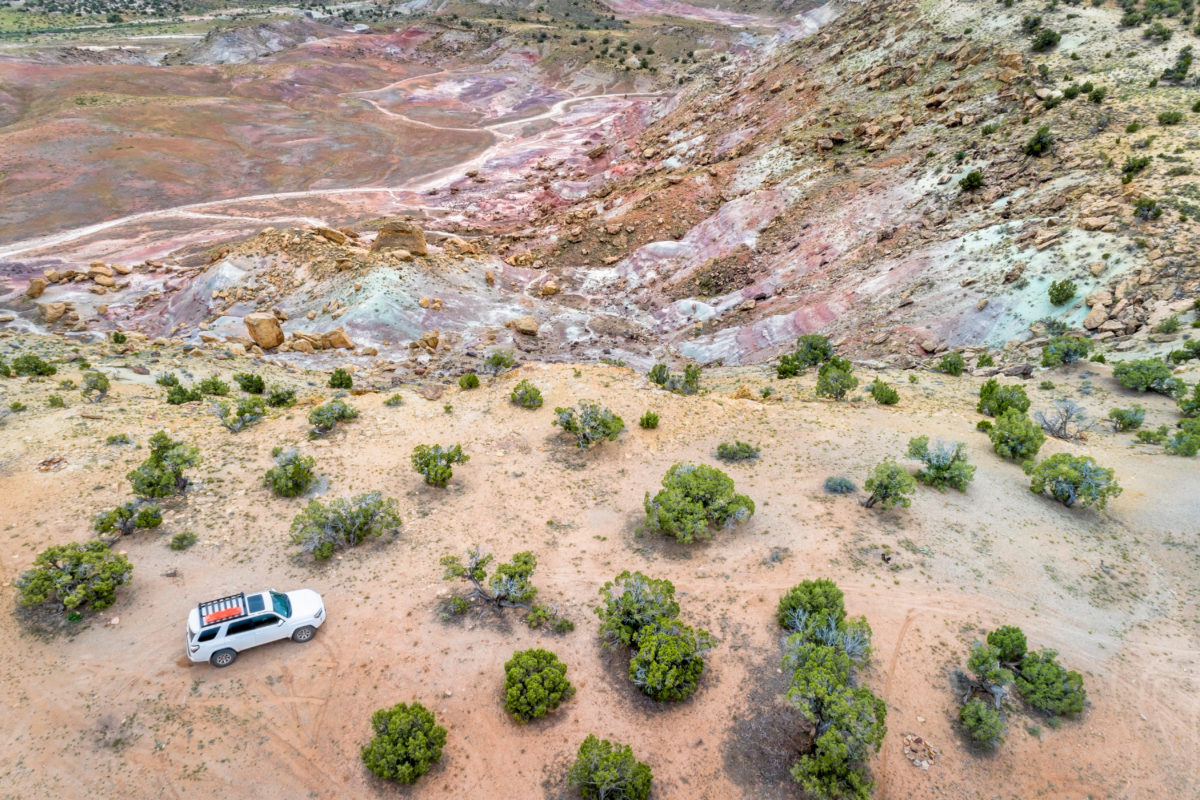Archaeologists and paleontologists dig for fossils to understand the mysteries of earth’s undiscovered past. But uncovering our planet’s secrets is a lengthy process that requires hours of precision and manpower. UAS technology can dramatically shorten the time it takes to locate fossils.
UASs have become an invaluable part of excavation missions around the world. Locating fossil hotspots requires trekking through miles of remote areas in drastic temperatures. Digging to find fossils can be painstaking and expensive, so it is important for scientists to pinpoint exactly where the fossils are before the digging begins. Dual sensor thermal cameras help detect temperature data that could indicate the location of relics, narrowing down the area researchers need to explore. UAS aerial imaging also allows scientists to evaluate large spans of the earth to locate fossils quickly.
This past summer, NASA used UAS imagery to help a team of scientists uncover dinosaur bones in the Gobi desert in Mongolia. The Turkana Basin Institute is also doing valuable excavation work with UASs in Northern Kenya. Fossils that have been underground for centuries can erode quickly, so it is important that scientists deploy UASs to efficiently discover ancient artifacts before they are gone forever.
Utilizing UASs like the FlightWave Edge with a Flir Duo R payload and a radiometric dual-sensor thermal camera can be useful to archaeologists. This technology is a groundbreaking methodology for archeology and paleontology and will continue to transform the landscape of these sciences.
